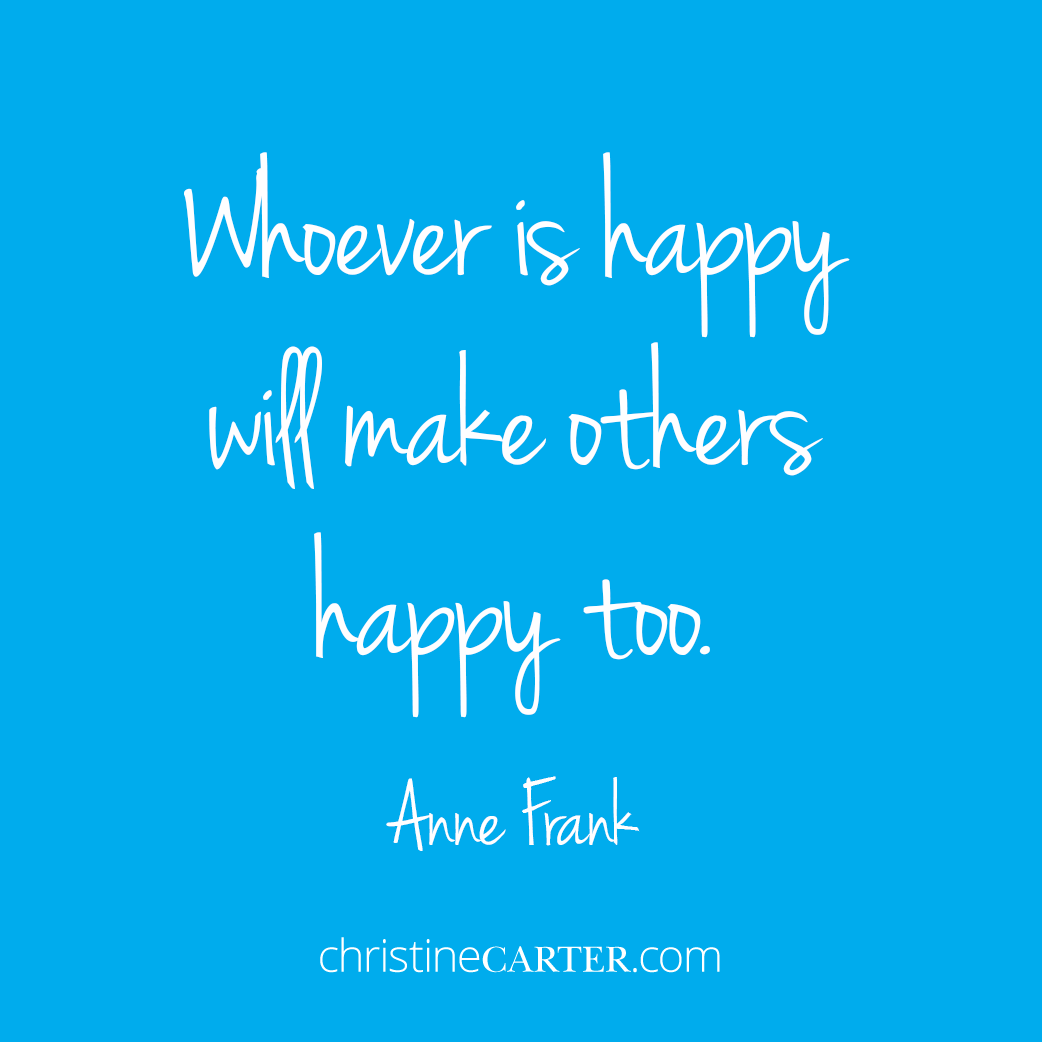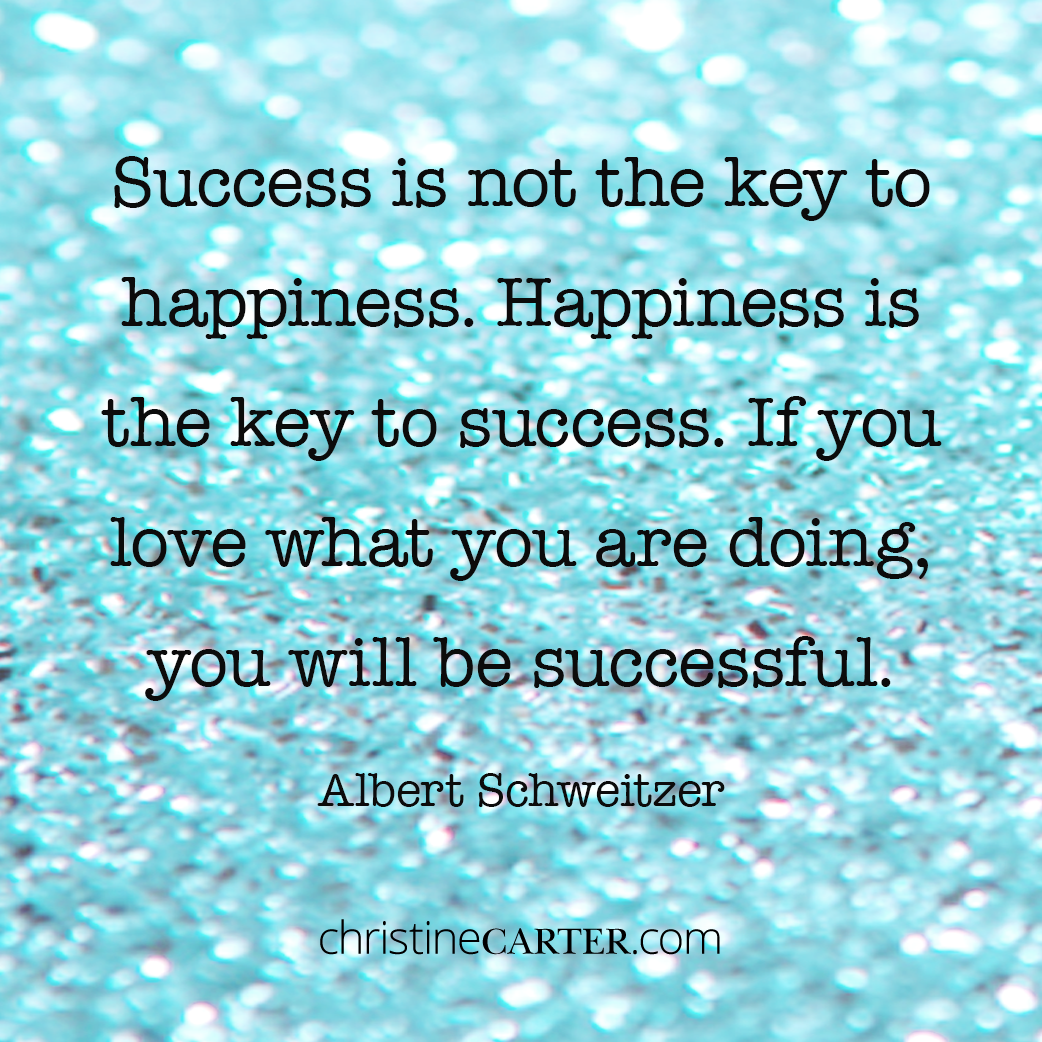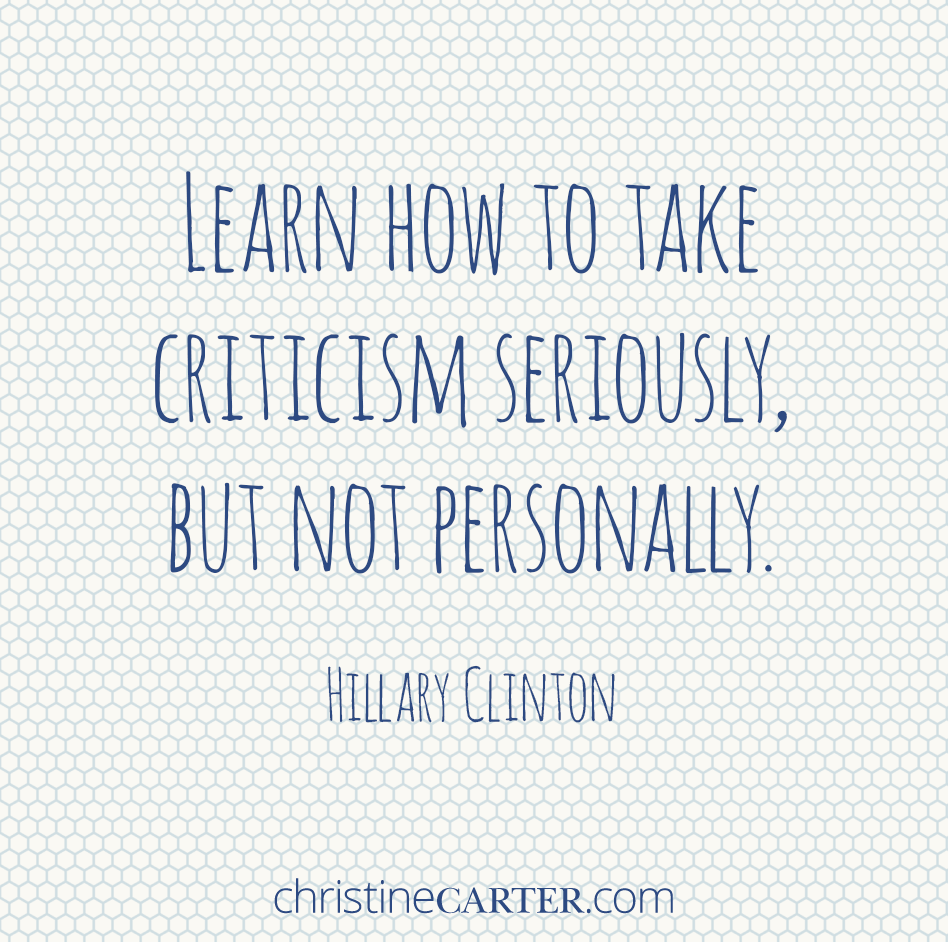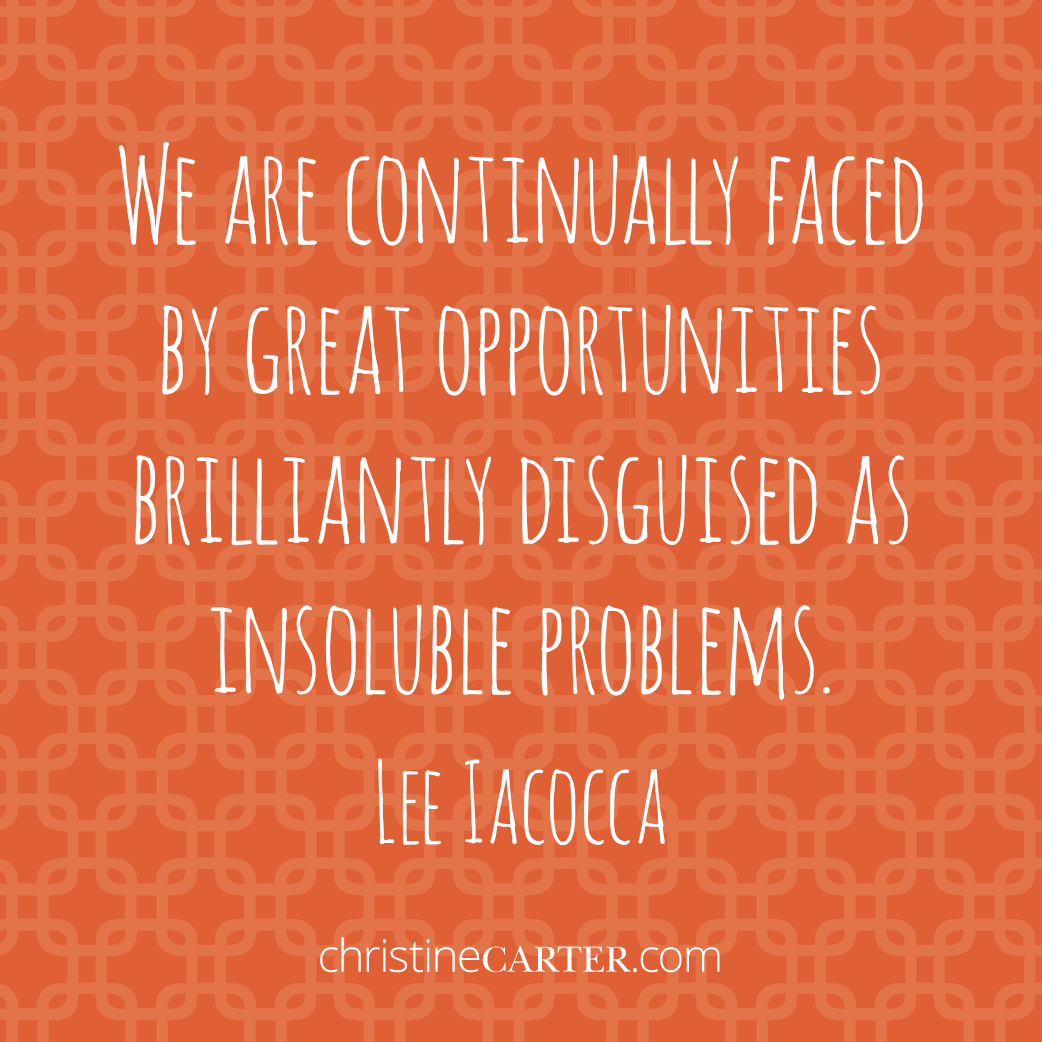Whoever is happy will make others happy too.
— Anne Frank


Whoever is happy will make others happy too.
— Anne Frank

To me, productivity is the ability to produce or create something of value and meaning for myself and others.
As such, productivity as a “knowledge worker” is not just dependent on the time we have to work–it is also dependent on our energy and motivation, our ability to focus, our creativity and insight, and our raw intellectual power. Productivity is not just about how efficient we are or about how many emails we answer. It’s about how much we accomplish that is meaningful. It is how our work is valued in today’s economy.
This course is about better managing our time, of course. But more importantly, it is also going about managing our energy, attention and intelligence.
This link will take you to the rest of the productivity post. See you over there!
This post is taken from “The Science of Finding Flow,” an online course I created as a companion to my book The Sweet Spot: How to Accomplish More by Doing Less. Want to take the course? It’s free! Just click this The Science of Finding Flow tag. Enjoy!

The thing that’s important to know is that you never know. You’re always sort of feeling your way.”
― Diane Arbus

This video is the 4th in a series about being happier as a parent from The Raising Happiness Homestudy. Watch the rest of the videos here.
“Things start as hopes and end up as habits.”
― Lillian Hellman
This Week’s Practice: Begin a New Habit
Click here to download the habit tracker PDF
Knowing how to form a new habit and break an old one is a life-skill used again and again. This week, work on yourself first. (I know, it is tempting to want to fix other people first. Resist, for now.)
What habit would bring greater happiness into your life? If you aren’t sure, I recommend starting a daily exercise or meditation habit.
Here’s How to Use the Habit Tracker:
(2) Choose one ridiculously easy turtle-step per week.
(3) Each day you take your turtle-step, mark the X. (Clearly this worksheet was designed for children. Embrace your inner-child while you do this.)
(4) If you do get Xs everyday (or every weekday, or each day the habit is relevant), give yourself a “whoot!” and move to the next turtle step next week.
(5) If you don’t take your turtle-step each day, c’est la vie. Next week: make the turtle-step even easier. Is your next step ridiculously easy?
I know, this seems slow and rather painstaking. Wouldn’t it be easier if we could just set our mind to something and then do it? Don’t be discouraged; we humans need time to make changes. Even though the turtle-steps are absurdly small, they are the beginning of big change.
![]()
If you would like to download the audio version of this video to listen to in your car or on the go, click the link below.
DOWNLOAD THE AUDIO VERSION HERE.
This post is taken from “The Raising Happiness Homestudy,” an online course I created as a companion to my book Raising Happiness: 10 Simple Steps for More Joyful Kids and Happier Parents. I’m sharing one “class” from this online course per week here, on my blog. Want to see previous posts? Just click this Raising Happiness Homestudy tag. Enjoy!

“Success is not the key to happiness. Happiness is the key to success. If you love what you are doing, you will be successful.”
Albert Schweitzer

“Learn how to take criticism seriously, but not personally.”
–Hillary Clinton

“We are continually faced by great opportunities brilliantly disguised as insoluble problems.”
–Lee Iacocca

We say [‘I’m SO BUSY’] to one another with no small degree of pride, as if our exhaustion were a trophy, our ability to withstand stress a real mark of character. The busier we are, the more important we seem to ourselves and, we imagine, to others.”–Wayne Muller
This video is the 3rd in a series about being happier as a parent from the Raising Happiness Homestudy. Watch the rest of the videos here.
Video Notes:
We can’t do our best raising our children without being happy, and we can’t be happy if we are too busy to enjoy life. So this week our practice is to focus on cutting back and saying no.
(1) First, take notice:
(2) Get out your axe. Start systematically pulling things off your calendar.
(3) Plan for the future.
![]() If you would like to download the audio version of this video to listen to in your car or on the go, click the link below.
If you would like to download the audio version of this video to listen to in your car or on the go, click the link below.
DOWNLOAD THE AUDIO VERSION HERE.
This post is taken from “The Raising Happiness Homestudy,” an online course I created as a companion to my book Raising Happiness: 10 Simple Steps for More Joyful Kids and Happier Parents. I’m sharing one “class” from this online course per week here, on my blog. Want to see previous posts? Just click this Raising Happiness Homestudy tag. Enjoy!

“I’m grateful that I didn’t let fear get the best of me. It only holds you back from possibilities and greatness.”
Mariska Hargitay

This post is from a series about the ideal worker archetype in my online course, Science of Finding Flow. Read the rest here.
We can check our email before breakfast (and while we wait in line for our lattes), and make calls during our commute. Most of us can keep working straight through lunch while we eat–how wonderfully productive is that? And after dinner, we can log back in and KEEP WORKING when our grandparents back in the day might have been, say, conversing with a neighbor or spouse or child. Or perhaps reading a book. For pleasure.

The truth is super hard for us to hear: Overwork does not make us more productive or successful. For most of the 20th century, the broad consensus (among the management gurus) was that “working more than 40 hours a week was stupid, wasteful, dangerous, and expensive–and the most telling sign of dangerously incompetent management to boot,” writes Sara Robinson, a consultant at Cognitive Policy Works who specializes in trend analysis and social change theories.
Moreover, according to Robinson, more than a HUNDRED YEARS of research shows that “every hour you work over 40 hours a week [will make] you less effective and productive over both the short and the long haul.” Really! Even, or maybe especially, for knowledge workers!
Why? The human brain did not evolve to operate like a computer that gets switched on and can run indefinitely without a break. Just as a fruit tree does not bear fruit 365 days a year, human beings are only productive in cycles of work and rest.
So if we are to be our most productive, successful, and joyful selves, we must create a new cultural archetype for the ideal worker. One that is based on the biology we actually have and the way that we actually are able to work. That is exactly what we are doing in this course.

This idea will be threatening to the people around you who still strive to be ideal workers. But sticking with the status quo—a life of unrelenting work—will break your heart slowly, as one of my clients so aptly put it. True happiness and fulfillment, it turns out, are not found in the unyielding pursuit of an impossible ideal.
To develop our multiple talents, we must stray from the herd of our cultural archetypes. This can be terrifying and disorienting—after all, humans are deeply social animals, so our nervous system sends distress signals when we break from our group. But we will not find flow by conforming to unrealistic ideals or outdated stereotypes. We’ll find it by allowing ourselves to be complex and divergent–our most authentic, balanced selves.
This post is taken from “The Science of Finding Flow,” an online course I created as a companion to my book The Sweet Spot: How to Accomplish More by Doing Less. I’m sharing one “lesson” from this online class per week here, on my blog. Want to see previous posts? Just click this The Science of Finding Flow tag. Enjoy!